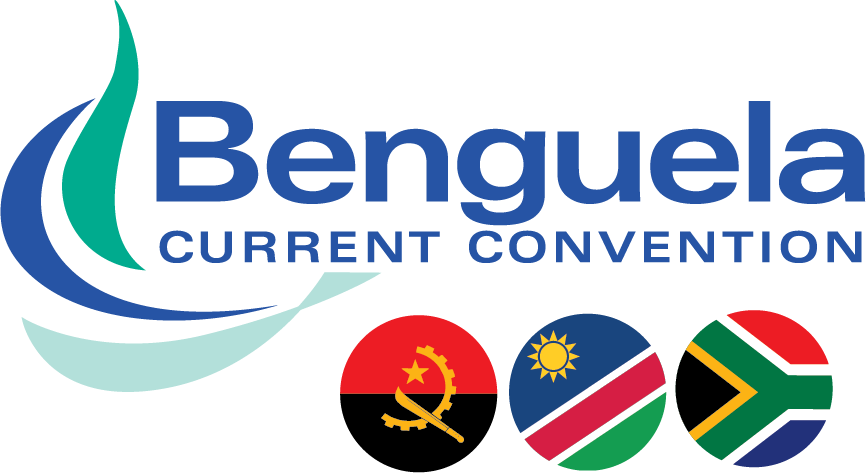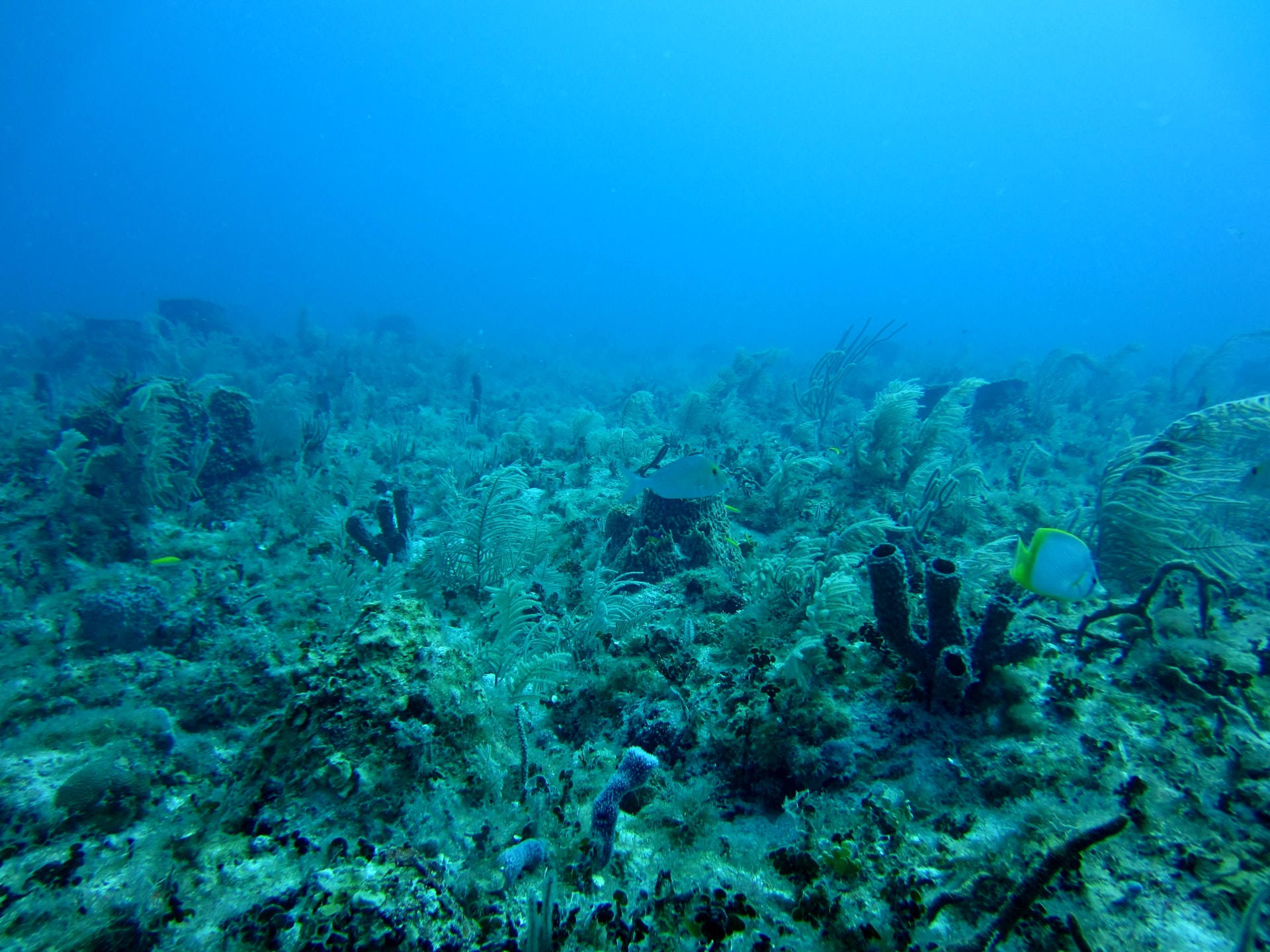ECOFISH Project Results
With funds from the European Union, the ECOFISH Project compiled and quality assured all available trawl survey data for hake collected through the past 20 years in South Africa and Namibia into a huge dataset of 8000 trawl hauls. A new fishing gear inter-calibration model was developed to allow for simultaneous analysis of data from Namibia and South Africa. Geostatistical model (GeoPop) revealed three distinct stocks of shallow-water hake (Merluccius capensis) in the region, while deep-water hake (M. paradoxus) forms one stock. Both species turned out to be shared resources between Namibia and South Africa. Genetic results and analysis of spawning areas, support these conclusions. Advanced instrument packages mounting on commercial and research survey trawls in the BCLME monitored environmental parameters during the catching process, which improved understanding of how to use and interpret trawl data. Newly applied techniques in age determination revealed that previously estimated ages and longevity had been substantially over-estimated and growth rates, length-at-age, weight-at-age, and maturity-at-age were substantially under-estimated. The state-space stock assessment (SAM) model has been implemented and scientists trained in their use, improving the quality of scientific advice on fisheries management of hake and other species in the region. Ecofish contributed to the establishment of regional pelagic and demersal working groups under the BCC securing the sustainability of the methodologies and scientific processes developed and implemented by ECOFISH.




